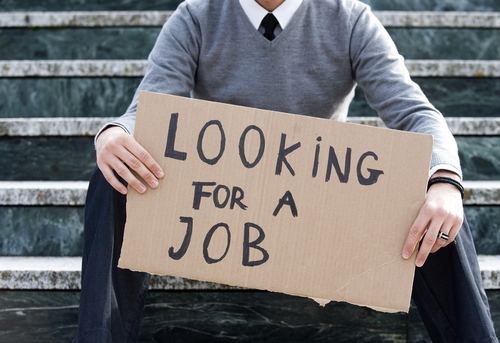Climate change isn’t just an environmental issue—it’s an economic one. As extreme weather events like floods, hurricanes, and wildfires become more frequent, economies around the world are feeling its consequences. The cost of climate-related disasters globally reached $280 billion in 2022, with the financial burden falling disproportionately on less economically developed countries. But who exactly pays the price?
Developing countries are hit hardest. In Bangladesh, for example, rising sea levels threaten to displace millions, putting enormous strain on the economy. Yet, these countries often contribute the least to carbon emissions. In contrast, wealthier nations, like the U.S. and China, are responsible for the majority of global emissions, but their advanced infrastructure and wealth make it easier to avert or recover from these disasters.
The economic toll isn’t limited to just countries, it also extends to industries. Agriculture, for instance, is particularly vulnerable. In 2023, a severe drought in the U.S. caused crop losses valued at $21 billion. As temperatures rise, farmers around the world are facing unpredictable growing seasons and water shortages which make food more expensive for everyone.
The cost of inaction on climate change could be catastrophic. Experts predict that by 2050, climate change could reduce global GDP by up to 18%, according to a report from Swiss Re. Taking action through policies (such as carbon taxes and investments in green energy) might cost a lot now, but will be effective in the long term. Countries like Sweden have shown that it’s possible to cut emissions while still growing their economy, offering hope that climate solutions don’t have to come at the expense of progress.
Ultimately, the real question isn’t whether we can afford to fight climate change, but whether we can afford not to. The price of inaction is one that will be paid by future generations, and its consequences are growing everyday


